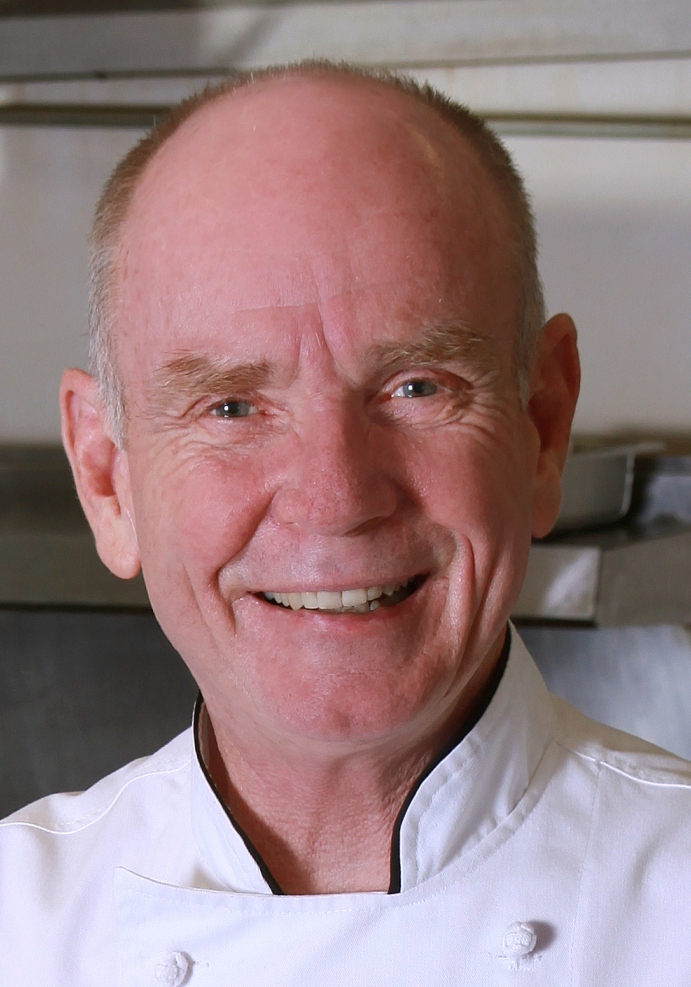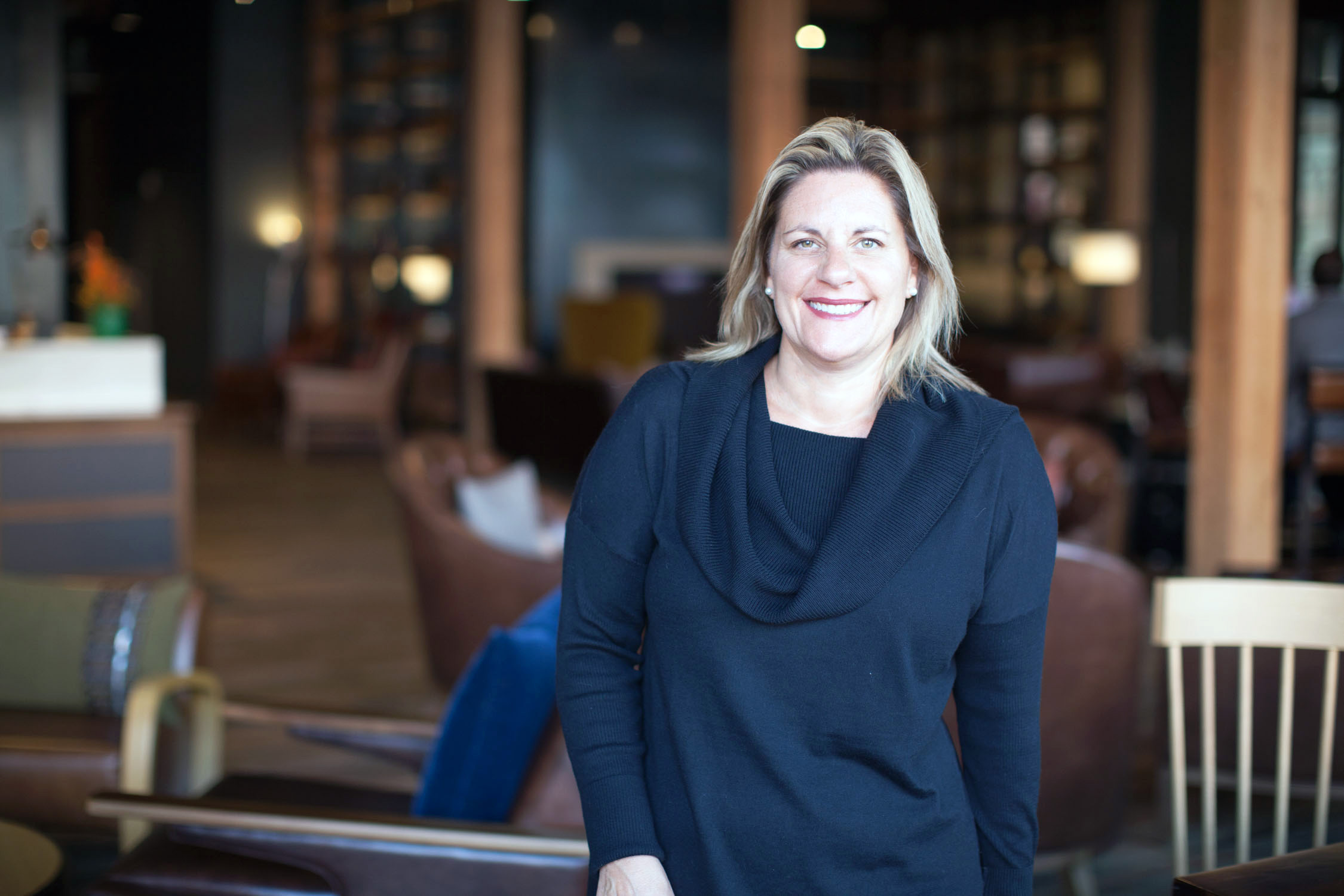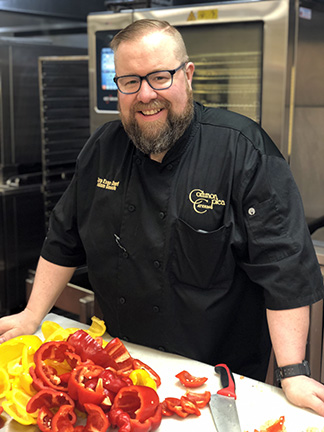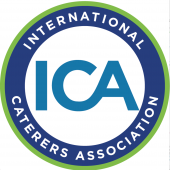Every month, catersource.com aims to provide inspiring, useful and educational content for International Caterers of America (ICA) members. This month, we heard the latest and greatest insight about food costs and pricing on a recent webinar. The webinar featured the following ICA members: Frank Christian, Taylored Hospitality Solutions LLC; Lon Lane, Lon Lane’s Inspired Occasions; Clint Elkins, SB Value; Jen Perna, Fulton Marketing Consulting; Adam Gooch, Common Plea Catering Company; and Megan Palmer Rivera, Palmer’s Catering & Events.
What are your top tips for developing menu pricing with sustainability in mind?
When Lon Lane’s team looks at menu pricing, they take a three-point approach: actual, market, perceived.
• Actual price: Whatever you have in your market for your markup. If something costs you a dollar and you mark it up three times, then you’re going to sell it for three dollars. In the Kansas City market, because of our labor costs, we have to mark everything up five times.
• Market price: What is someone else selling a grilled cheese sandwich for? Take these results all over the board.
• Perceived price: A filet at Golden Corral is a lot different than a filet at Ruth’s Chris or Capital Grille. Perceived value is key!

Lon Lane
“Let’s say you’re looking at something that you mark up to 5 dollars with a market value of 6 dollars. And its perceived value is 8 dollars. That means you need to be between 5 and 8 dollars on that particular item,” Lane says. “My advice is: don’t leave money on the table.”
What are some of your best practices for reducing and negotiating costs while maintaining quality?
Clint Elkins discusses his previous experience with sports venues and how his team found ways to be more efficient with spending.
“Let’s say we were spending a quarter million dollars a year on food. There are 30 racetracks in the Carolinas,” Elkin explains. “We started to work with them and aggregate a little bit nationwide. Just because a neighbor or a local sales person says this is the way it has been done doesn’t mean you have to stick with it. Challenge the status quo. It takes creativity to earn as much leverage as you can to buy in better ways.”
How can you utilize the culinary team to help better educate the sales team on food cost and menu pricing?
Communication between culinary and sales is by far one of your top success factors when you start getting into food costs. Jen Perna had more than a few helpful words on how to invest time in educating your sales team on using accurate language, and more importantly, understanding the terminology.

Jen Perna
“Smart sales people are the ones who really spend time trying to understand their work and are confident in the product they’re selling,” says Perna. “Bring your culinary team to your sales meetings! Think about bringing outside vendors and industry experts to teach the sales team about the food, produce, the wine—everything they’re selling. Let them understand that food cost is not food price. They need to understand the difference and need to use the correct language.”
She also touches on educating your team about new menu items. “Show your team the volume and the appropriate price so they understand the relationship between volume and pricing,” Perna says. “Show it to them on the actual plate.”
What staple food items can you buy differently without negatively impacting your company’s standards?
Adam Gooch recommends asking: what are your 20 items? Most caterers assume that means specialty items, but this isn’t exactly the case.
“You could be using a local, sustainable honey that you’re drizzling on a salad. That specialty item is not really painting the big dynamic of your company,” he explains. “What really is are those bigger things that make up the dish. It opens your mind to really start seeing the top 20 items.”

Adam Gooch
What is an example of a “top 20 item” then? For Gooch’s team, it was cucumbers. “We spent $21,000 in cucumbers over 6 months,” he explains. “We feed almost 2000 people a day on our contract side, so when you start looking at little things like that, changing a cucumber or buying smarter on the top 20 items will actually give you percentages on the bottom line.”
Registration is now open for Catersource 2020! You won't want to miss it!
When thinking through producing a menu item on-site, how do you factor in the cost of waste or transfer to serving vessel on-site?
How often in the event world is an event about to begin and you realize the quantities are off? Food cost is not only relevant in the kitchen, but also on-site. Being prepared and having backup tools, equipment and plans, Lane says, is the way out of these predicaments.
“One of the things that we’ve learned over time is that you have to start at the event level and work your way back to the costing in the kitchen before you give it over to sales.”
He continues, “You can have the pink elephant on the roof. But you’ve got to give operations the opportunity to figure out how to actually get the pink elephant on the roof. Once you figure that out, you will be priced properly, and you’ll be all set to go.”
How do you avoid conflict in your team from department to department, and from sales to culinary in particular?
Megan Palmer Rivera discussed the importance of creating institutional habits to help bridge the miscommunication between departments.
“My sales and culinary teams used to hate each other. And I really thought it was a personality issue,” she explains. “Later we realized that even when we changed staff, we kept getting the same results, and that’s when we started to think that maybe this is a company problem.”
Rivera recommends The Power of Habit: Why We Do What We Do in Life and Business by Charles Duhigg. It touches on to how create institutional habits that become team habits.
“Once we realized that this was a company problem and not just an employee problem, it made things so much easier to tackle,” she says. “We created a procedure for everything—how to create an order, how to bring an order to the kitchen, how to get a new item costed from the chef. We wrote down how it was supposed to be done and the team agreed to it.”
The second portion of the webinar included questions from the audience.
In your experience, how do you gauge staffing costs and labor for an event, and how does it affect the way you set pricing for clients?
Lon: We line item everything on our proposals. Beverages, food, rentals, floral, staff, whatever that may be. We require as part of our business model one server per every 10 guests at a party. We charge $225 per server for the first three servers. After that it’s $200 per server for a minimum of six hours. All of that is line itemed in a separate part of our proposals, so staffing is totally separate from food cost, rental cost or anything else.
What advice would you give to a caterer that’s just breaking even and wants to boost their bottom line?
Adam: Look into buying. We are purchase only company right now, so everything we buy for the kitchen goes right to food cost. You have to learn how to buy smarter. Yes, you can buy a 25-pound bag of cashews that is 8 dollars a pound, or you can run down the street and buy cashews you need for this recipe to complete it for three dollars a pound. You’re not having all that wasted money sitting on your shelves.
Group buying is a great way to look at high-volume things. Your top 20 items really convey what you’re buying the most of, so that could really be a quick way to put percentages on the bottom.
How does food preparation come into play when considering food cost?
Adam: We live in a world where not everyone is going to use a spatula to scrape all of the product out of the jar. I figure this factor in when I’m programming our recipes into our software. 1 gallon of mayo is actually 15 and a quarter cups, not 16 cups. I factor this waste in.
SB Value is a proud vendor member of the ICA. For more information, visit internationalcaterers.org.



